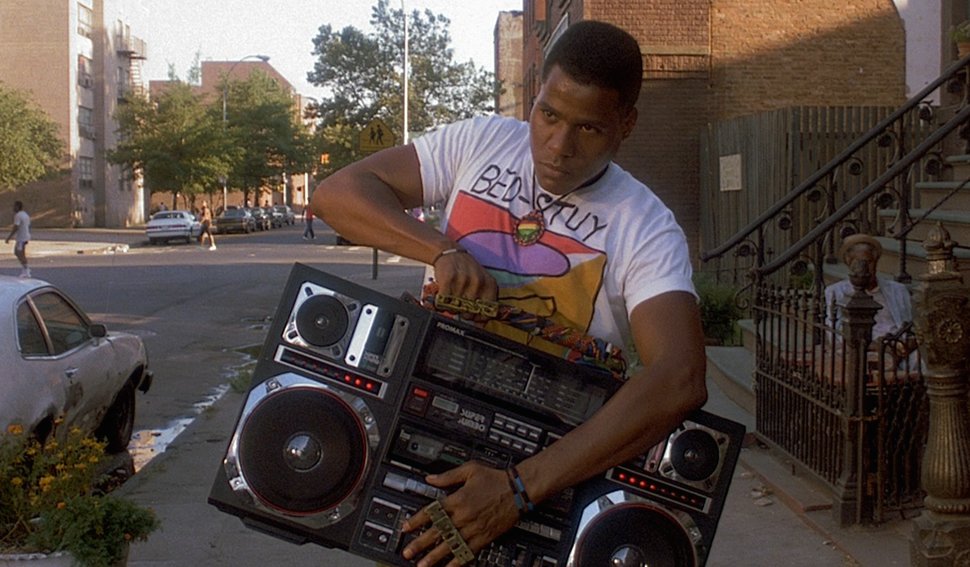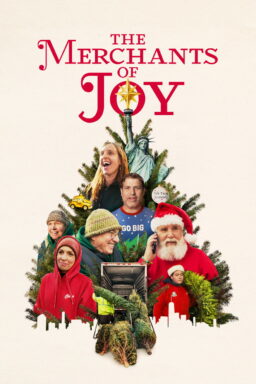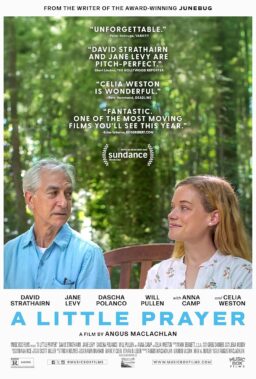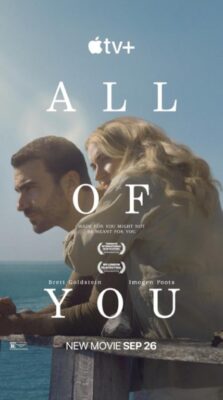On May 25, 2020, a video surfaced on the internet of George Floyd being choked to death by cops during an arrest in Minneapolis. His death caused global outrage, with chants of “I can’t breathe” heard from demonstrators everywhere. When I first watched the distressing footage, it filled me with anger, and frustration. It was sadly all too familiar.
Anyone who has seen Spike Lee’s magnum opus, “Do the Right Thing,” will recall the similarities of this incident to the fate of Radio Raheem. In fact, shortly after the Floyd footage spread online, Lee himself released a short film called “3 Brothers,” in which he intercut scenes from his film with that of the arrests of George Floyd and Eric Garner.
History is clearly repeating itself, and it appears little has changed when it comes to widespread police brutality. But if there’s one noticeable difference, it’s that today, everyone walks around with smartphones. With instant access to live streaming and video recording, the whole world is watching. The ripple effects are no longer constrained to riots in a single neighborhood; it has spread across the globe.
After revisiting “Do the Right Thing,” I found that there’s a lot we can learn from the film today, particularly in how we analyze and dissect these horrific incidents. Usually all we see is the incident itself, but the real problem runs much deeper than that. The event itself is merely the aftermath of a much bigger and more problematic issue. Over 30 years later, Lee’s “Do the Right Thing” remains more relevant than ever.
Lee’s filmography is composed of mostly independent films that address crucial contemporary issues such as racism, economic exploitation, police brutality, and multiculturalism. Despite the extensive political and social commentaries found in his work, Lee manages to both engage and appeal to popular audiences. Of all his work, “Do the Right Thing” is the most exemplary presentation of his seamless intertwining between unmistakable visual style and political philosophy.

“Do the Right Thing” revolves around a single hot summer day in the Bedford-Stuyvesant neighborhood of Brooklyn. Although the neighborhood is predominantly Black, Lee quickly introduces the viewer to the diverse populace inhabiting the area. Lee does this through episodic slice-of-life moments within the neighborhood. We meet the Puerto Ricans, the Koreans operating the local supermarket, the Italian Americans running Sal’s Pizzeria, and the white cops roaming around the streets on patrol.
At first, these so called introductory occurrences to the inner city ethnic groups seem random and unrelated to the bigger picture. It isn’t until after the climax that we learn the significance of the small interactions we witness in the film’s first half. “Do the Right Thing” takes place during a heat wave, and this heat stands for the racial tension within the neighborhood. With so many ethnic groups intermingling, inner-city life feels like an everyday struggle to maintain order; a clash of cultures is inevitable. The climatic incident occurs the moment that characters Buggin’ Out, Smiley, and Radio Raheem march into the pizzeria with a blaring boombox.
The three protesting neighbors demand Sal include African Americans on the pizzeria’s wall of fame. A verbal exchange quickly escalates into a physical one. Soon after, the cops get involved, a Black man is strangled to death, and a riot breaks loose. The tension finally reaches its breaking point, and the pizzeria bursts in flames. The ramification of the film’s title arises the minute we try to figure out what exactly could have been done to avoid how this all unfolded.
Instinctively, the viewer’s first reaction is to break down the fight preceding the riot itself. But where did it all go wrong? At what precise moment did things go too far? Is it the moment the three characters disturbed the peaceful easygoing Sal with an imposing demand? Or perhaps it’s when they turned up the volume on the boombox? Is it the second Sal spurts out the “n-word”? Or the instant a verbal exchange turned physical?
The moment we narrow down the film’s answers to a 30-minute window, we unconsciously overlook the significance of the film’s subtly composed build-up. Throughout the majority of the film, Lee merely documents everyday life in a Black neighborhood in neorealist fashion. When connecting the dots between the climax and the seemingly random episodes that prelude it, everything comes full circle. To pinpoint the answer, we have to look beyond the actual incident.
Lee presents perfectly likable characters, yet most of them are presented as sympathetically racist. The core of the problem is hidden within the problematic way ethnic groups perceive themselves and one another: it’s the way the three corner men judge the Koreans for stealing their jobs; it’s the gaze of patrolling police officers ever fixed on the Black community; it’s the Puerto Ricans group fending off Black bystanders; it’s the African Americans bullying the only white man living on their street. The problem is in how they all perceive one another.
The clash at the end of “Do the Right Thing” is merely a window of opportunity for all of these characters to exercise and act on their views of “the other.” Lee presents the problem long before the actual boiling point, and in doing so we get the sense that racism is deeply rooted within society, and that the Black community is always at the receiving end of America’s systematic inequality.
For history to stop repeating itself, punishment for those who commit these atrocities is not enough, because the punishment only addresses the incident itself. As much as Lee was asking viewers to look at the environment that led to the death of Radio Raheem, we should look beyond the 8 minutes and 46 seconds of recorded footage, and ask ourselves “How did we get here?”











